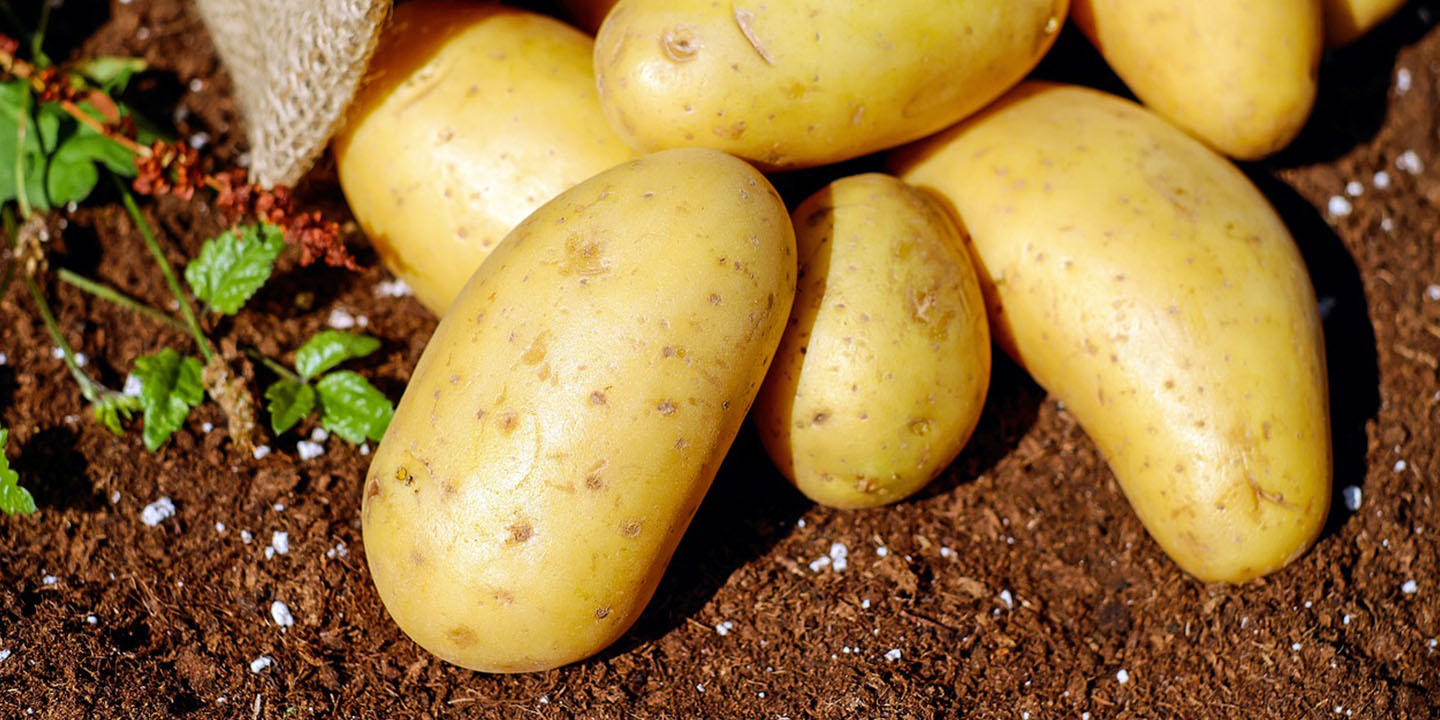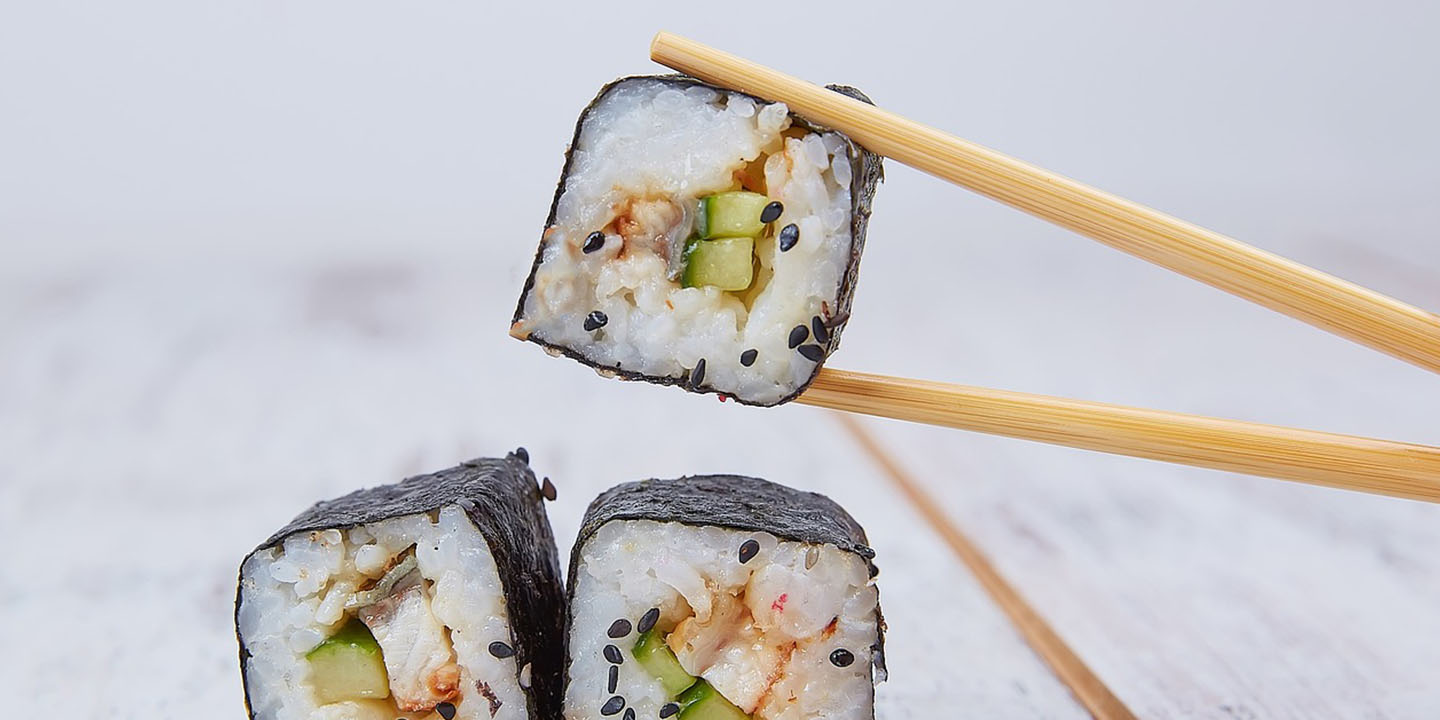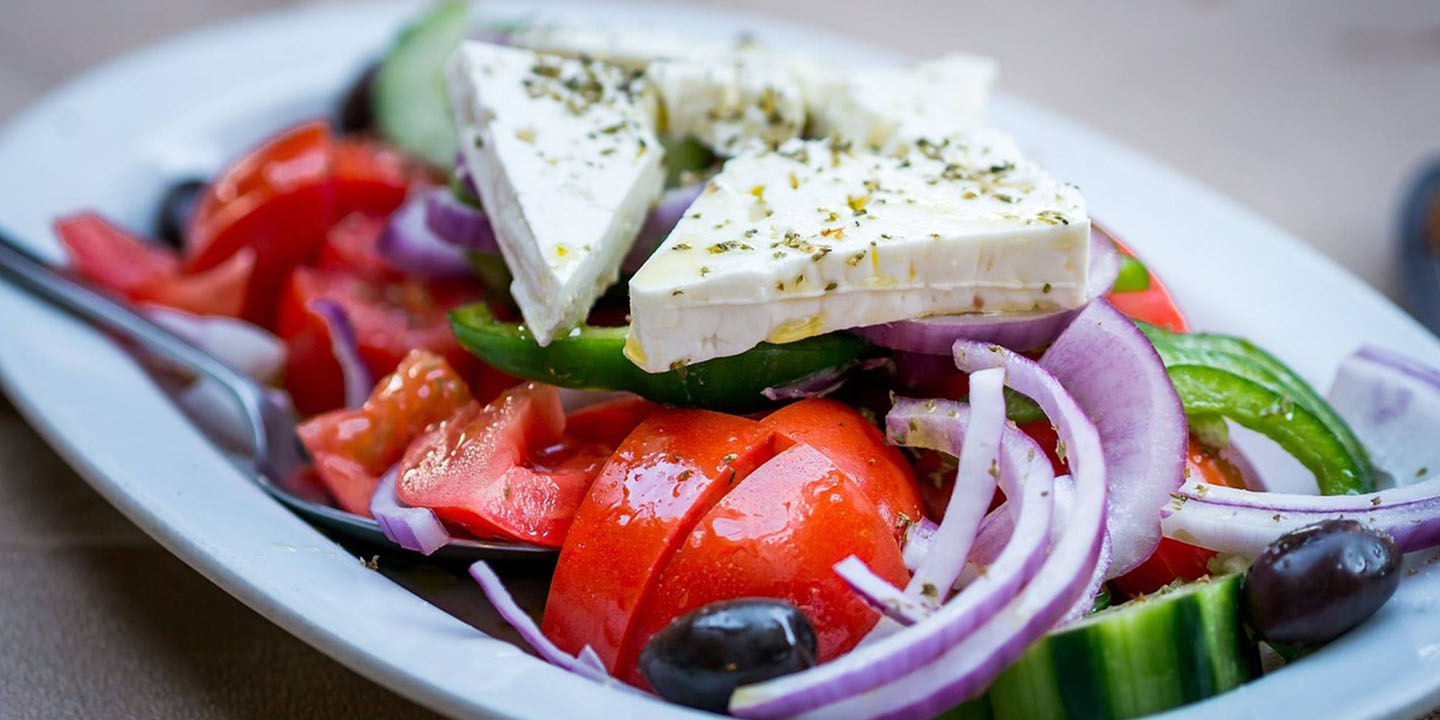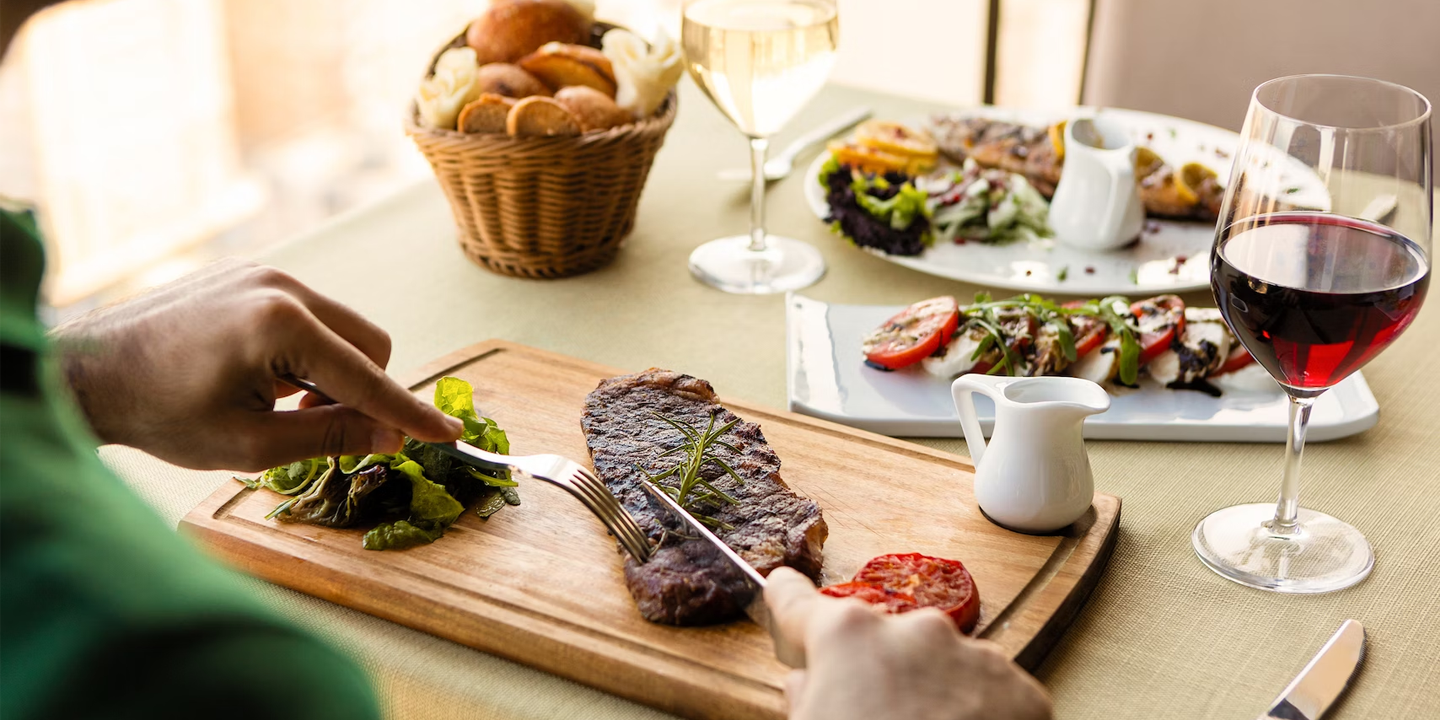20 Asian Sweets We Wish Could Be Found Easily In The US
Candy Fiend? Go To Asia
We'll never tire of chocolate chip cookies and gummy bears, but those things are just the tip of the iceberg when it comes to classic, delicious, sweet treats. Japan is home to over 300 Kit Kat flavors, Thailand has cakes from ancient times that are still enjoyed today, and awesome tropical fruits are a main ingredient in many of the desserts of Southeast Asia. If you're a sweets fan, that's just another reason to take a trip to Asia where your tastebuds will be delighted with the multitude of unexpected new flavors and textures. Here are 20 Asian sweets we wish were as easy to come by as Snickers in the US.
 Hideto KOBAYASHI from Machida, Tokyo on Wikimedia
Hideto KOBAYASHI from Machida, Tokyo on Wikimedia
1. Warabi Mochi
A traditional Japanese sweet, Warabi mochi is like regular mochi but made with bracken starch instead of glutinous rice, giving it a jelly-like texture. Served chilled in the summer months, you can find it all over Japan where it's been enjoyed for centuries, but unfortunately, it's extremely hard to come by in the US.
2. Namagashi
Namagashi are intricately crafted sweets traditionally served with tea in Japan and on New Year's. They're made from bean paste and often contain fruit jellies and other natural ingredients.
3. Botamochi
Botamochi is a Japanese confection made from rice and red bean paste. Sweet, rich, and nutty, it's considered a sacred food in Japan.
4. Yubeshi
Another special Japanese confection, yubeshi is made from sticky rice, sugar, soy sauce, yuzu, and walnuts. A labor-intensive and expensive treat, it's commonly given as a gift in Japan.
5. Monaka
Monaka is red bean paste sandwiched between two thin wafers, like an Oreo but much better. It's been served with tea in Japan for centuries.
6. Yakgwa
The main ingredients in the Korean confection, yakgwa, are honey, sesame oil, and ginger which is why the name translates to medicinal confection. It's usually shaped into a beautiful flower design and often has a dash of cinnamon.
7. Dasik
A dasik is a Korean cookie, traditionally served with tea. It's subtly sweetened with honey and usually includes chestnuts or sesame seeds which give it an irresistable nuttiness.
8. Sachima
Sachima is a Chinese sweet similar to Rice Krispies treats. It's made from crispy deep-fried dough that's held together by a sugar syrup that often includes honey, giving it a golden color. It dates back to the 17th century.
 Fumikas Sagisavas on Wikimedia
Fumikas Sagisavas on Wikimedia
9. Aiyu Jelly
Ai Yu Jelly is a jell-o-like treat made from the seeds of a special kind of fig that grows in Southeast Asia. In Taiwan, it's commonly sold in night markets topped with lemon honey syrup during the summer months as a refreshing treat.
 brappy! from Taipei on Wikimedia
brappy! from Taipei on Wikimedia
10. Foi Thong
Foi Thong is a Thai dessert often served at weddings and ceremonies. The name translates to golden strand and it's essentially sweet egg yolks comparable to a custard or pastry cream.
11. Sapin-Sapin
Sapin-sapin is a Philipino layered dessert made from glutinous rice and coconut, sprinkled with latik, a crispy topping made from coconut milk curds for a defining crunch. The word sapin means underlayer as in on a bed for sleeping, so when duplicated it means to have several layers.
12. Kuih Keria
Kuih Keria are donuts made from sweet potatoes. Compared to regular donuts, they're much less sweet, usually fully plant-based, and astronomically healthier, although they're still deep-fried, so they're still decadent.
 Dr.Francostein1975 on Wikimedia
Dr.Francostein1975 on Wikimedia
13. Yeot
Yeot is a traditional confection from Korea similar to chewy taffy, usually made from sweet corn, rice, or potatoes which are steamed, and boiled down in syrup. It's traditionally given as a good luck charm. We would feel pretty lucky if we received one!
14. Tamarind Candy
Tamarind is an extremely popular food flavor in places like Thailand, celebrated for its distinct sweet and sour fruitiness. In Thailand and other places in Asia, candied tamarind which is simply the ripe fruit boiled in sugar syrup and coated in sugar, is a popular treat.
15. Khanom Chan
Made from rice flour, tapioca flour, and coconut milk, Khanom Chan harkens back to ancient Thailand. An elegant and vibrant dessert, it's been served at ceremonies and special occasions for over a thousand years. It's usually made with nine layers as the number nine in Thailand symbolizes luck, happiness, and prosperity.
 Yosri at ms.wikipedia on Wikimedia
Yosri at ms.wikipedia on Wikimedia
16. Dragon's Beard Candy
Dragon'Beard Candydy is a traditional Chinese candy comparable to cotton candy. It was invented during the Chinese Han dynasty by an imperial court chef who made the complex dessert, which involves stretching a dough-like mixture into thin strands, to entertain the emperor.
 Richard Lai (myself) on Wikimedia
Richard Lai (myself) on Wikimedia
17. Black Sesame Candy
You may have run into Sesame Snacks before as they're sold at the checkout counter of most Asian grocery stores, but black sesame candy is a little harder to come by. They're made from black sesame and honey or sugar, pressed into a bar or ball.
 Fumikas Sagisavas on Wikimedia
Fumikas Sagisavas on Wikimedia
18. Orange Kit Kat
If you thought Kit Kat was popular in the US, just wait until you go to Japan, where there are over 300 flavors. One of our favorites is the orange flavor which blends refreshing citrus with a slightly darker chocolate Kit Kat, creating some delicious contrast.
19. Fettuccine Gummi
Fettuccine gummi is a bit of a strange candy concept in Japan as you don't necessarily want to have pasta associated with sugary gummy candy, but the product itself is delicious. Think of sour gummy worms but less sour and more flavor bomb.
20. Nobel's Super Lemon
Nobel's Super Lemon is a sour hard candy shaped like a little yellow sphere popular in Japan. They're a lot more lemony and sour than any sour candy you'd find in the US, but that sourness quickly gives way to a super pleasant sweetness.
KEEP ON READING

The 5 Most Consumed Foods in the Entire World




















